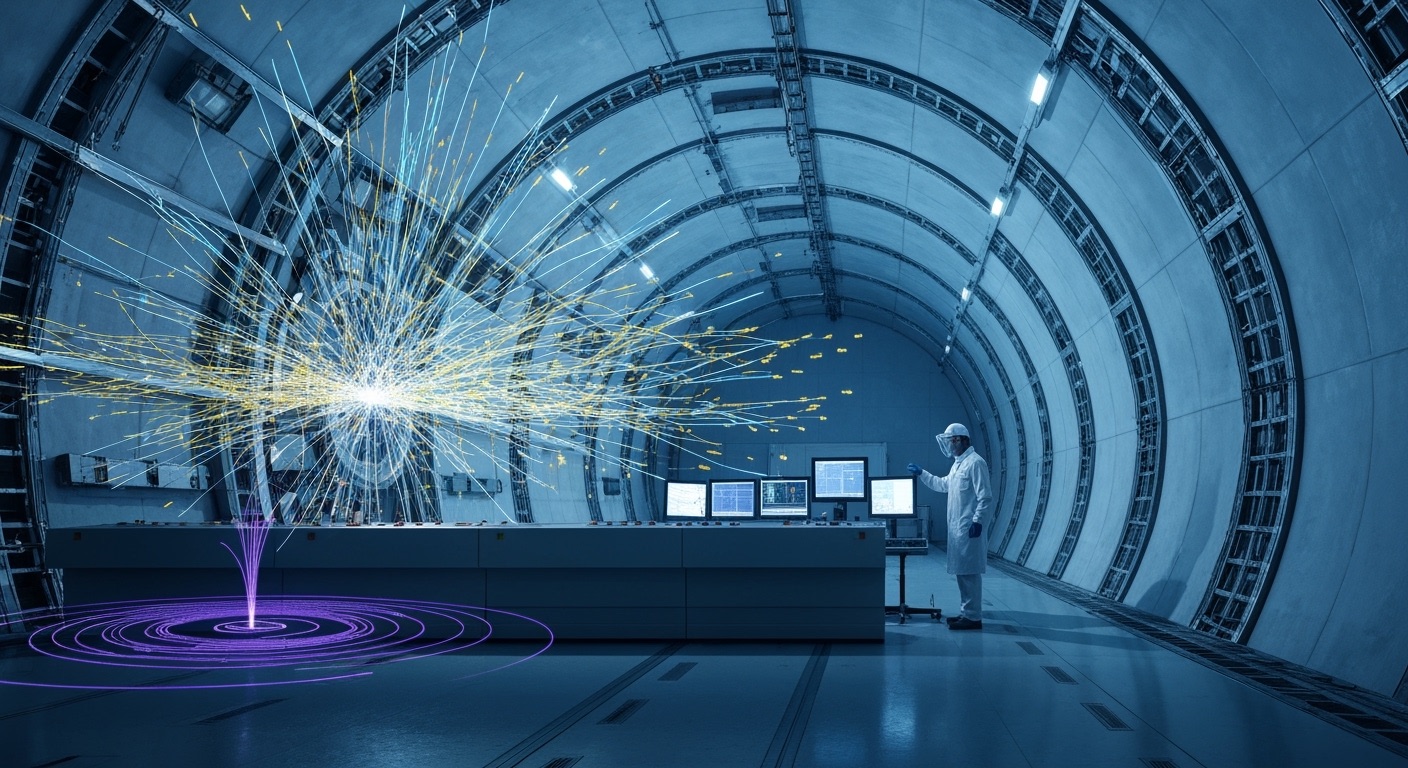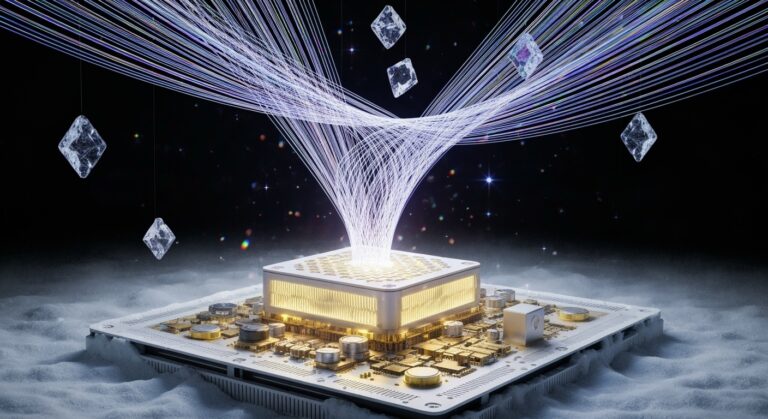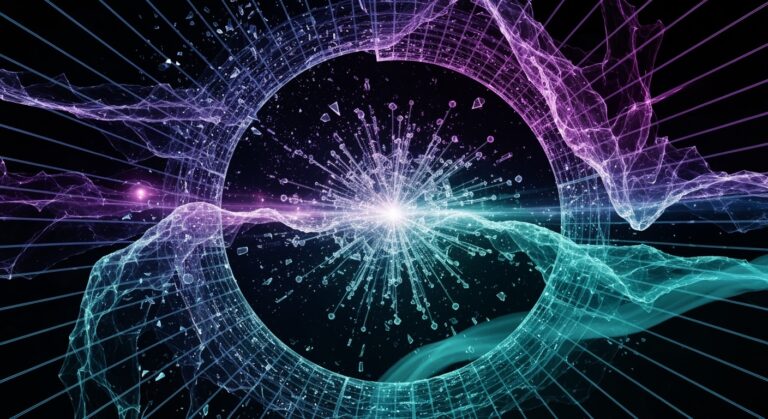In A Nutshell
- Rare Higgs decays observed: two muons (1 in 5,000 decays), Z boson-photon pairs, and charm quarks, enhancing Standard Model validation.
- AI tools boosted charm quark decay detection by 35%, reducing prediction deviations 10,000-fold for clearer Higgs-quark interaction insights.
- H→Zγ decay analysis targets hidden particles via production-method categorization, probing deviations from Standard Model predictions.
- Findings bridge gaps in Higgs interactions with second-generation particles, refining understanding of mass generation mechanisms.
- LHC data advances aim to resolve cosmic mysteries, linking Higgs behavior to dark matter and undiscovered physics.
Higgs Boson Secrets Unveiled
Three rare Higgs boson decay channels—once deemed nearly impossible to spot—are now cracking open secrets of particle physics. For years, spotting a Higgs boson decaying into two muons—those heavier cousins of electrons—felt like searching for a needle in a galactic haystack. This happens just once in every 5,000 Higgs decays. The combined Run-2 and Run-3 datasets revealed a 3.4 standard deviations significance, crossing into territory where random noise becomes statistically improbable.
But combining data from the LHC’s recent runs, scientists finally caught enough of these fleeting muon pairs to map how the Higgs interacts with second-generation particles. It’s like finally stitching the middle chapter of a cosmic story, bridging decades-old gaps between Higgs decays involving heavier particles like top quarks. The discovery isn’t just a win for persistence—it sharpens questions about why fundamental particles have the masses they do.
Meanwhile, the Higgs decay into a Z boson and a photon—H→Zγ—is serving up intrigue. This process relies on quantum acrobatics, where virtual particles flicker into existence, shape the decay, then vanish. Recent analysis squeezed more data from LHC collisions to trace these phantom interactions. By categorizing events based on how the Higgs was produced, researchers achieved enhanced analysis precision, isolating signals from different creation pathways.
Any unexpected tweak to the predicted decay rate could hint at hidden particles, like unseen actors backstage manipulating a play. Every deviation from the Standard Model’s script—even a tiny one—could rewrite physics textbooks.
But wait, the real experimental headache is pinning down Higgs decays to charm quarks. These subatomic particles leave messy signatures, often drowned out by background noise. Now, AI tools trained to spot charm quark jets have upped detection efficiency by 35%, like upgrading a blurry telescope lens.
Tighter measurements have slashed deviations from predictions by 10,000-fold. Catching this decay could complete the story of how the Higgs talks to all quark types.
For physicists, these channels are like forensic clues at a cosmic crime scene. Each rare decay tests the Standard Model’s predictions with brutal precision—imagine putting the universe’s deepest rules through the strictest exam.
Spotting a discrepancy could crack open doors to dark matter or other mysteries. But even when data matches expectations, it nudges researchers closer to refining their questions.
The LHC’s relentless proton-smashing, paired with smarter data tools, means the big picture is slowly resolving. For now, the Higgs is both a triumph and a stubborn puzzle, daring science to dig deeper.
References
- https://www.innovationnewsnetwork.com/atlas-collaboration-uncovers-rare-higgs-boson-decay/59762/
- https://www.sciencedaily.com/releases/2025/08/250825015657.htm
- https://home.cern/news/news/physics/ai-enhances-higgs-bosons-charm
- https://home.cern/news/news/physics/atlas-closes-rare-higgs-decays
- https://www.symmetrymagazine.org/article/impossible-higgs-boson-measurement-within-reach-thanks-to-a-detour?language_content_entity=und







